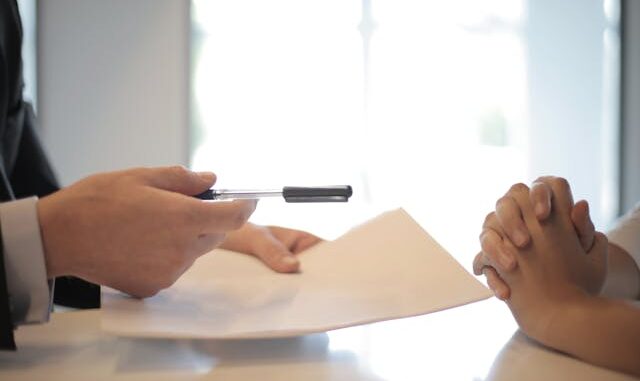
In the aftermath of a slip and fall accident, documenting evidence is crucial for building a strong case and pursuing compensation for your injuries and damages. Gathering information and witness statements can provide valuable support for your claim and help establish liability on the part of the property owner or occupier. Here’s why documenting evidence is essential:
- Establishing Liability: Documentation such as photographs, videos, and written descriptions of the accident scene can help establish how the accident occurred and who may be responsible. By capturing the conditions that contributed to the slip and fall, such as wet floors, uneven surfaces, or inadequate lighting, you can provide compelling evidence of negligence on the part of the property owner or occupier.
- Preserving Evidence: Evidence of the accident scene, including any hazards or conditions that contributed to your fall, can be critical for preserving the facts of the case. Over time, the scene may change or be repaired, making it difficult to reconstruct what happened. By documenting the scene as soon as possible after the accident, you can ensure that key evidence is preserved for your claim.
- Corroborating Your Account: Witness statements can corroborate your account of the accident and provide additional perspectives on what happened. Eyewitness testimony can be persuasive evidence in establishing the cause of the accident and the extent of your injuries. Collect contact information from any witnesses who saw the accident occur and ask them to provide written statements or testify on your behalf if necessary.
- Supporting Your Claim: Documentation of your injuries, such as medical records, bills, and photographs, can support your claim for compensation. These records provide tangible evidence of the harm you suffered as a result of the slip and fall accident, including the extent of your injuries, the medical treatment you received, and the expenses you incurred. Keeping thorough records of your medical treatment and expenses strengthens your claim and demonstrates the impact of the accident on your life.
- Demonstrating Damages: In addition to documenting your injuries, it’s essential to keep records of any other damages you’ve suffered as a result of the slip and fall accident. This may include lost wages, property damage, and pain and suffering. By documenting the financial and non-financial losses you’ve experienced, you can seek appropriate compensation for the full extent of your damages.
- Building a Persuasive Case: Ultimately, documenting evidence is about building a persuasive case that demonstrates the negligence of the property owner or occupier and the harm you’ve suffered as a result of the slip and fall accident. By presenting compelling evidence of liability and damages, you increase the likelihood of a successful outcome in your claim for compensation.
In conclusion, documenting evidence is a critical step in pursuing compensation for a slip and fall accident. By gathering information, preserving evidence, and building a persuasive case, you can protect your rights and seek the compensation you deserve for your injuries and damages. Working with an experienced personal injury lawyer can help ensure that you have the support and guidance you need to navigate the claims process effectively.
